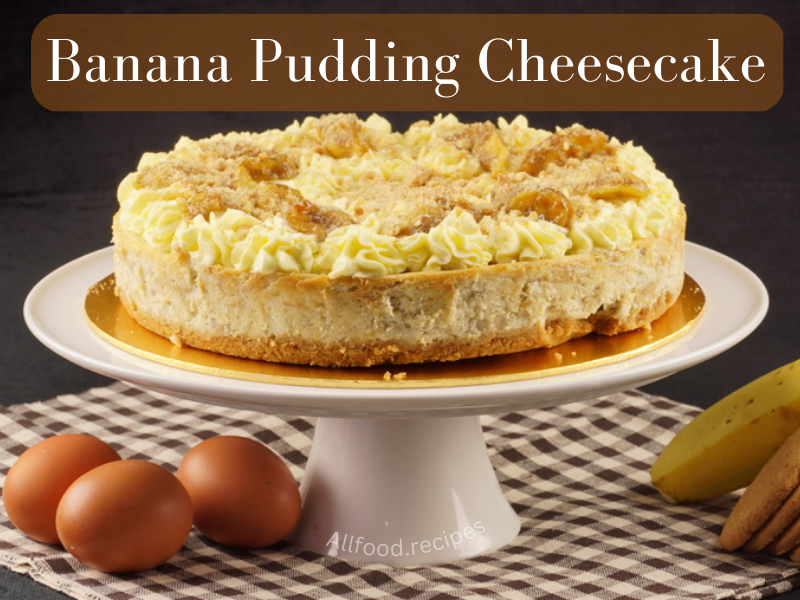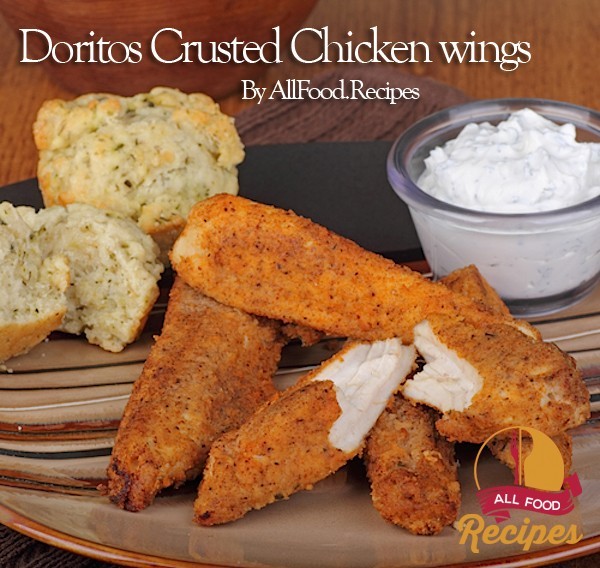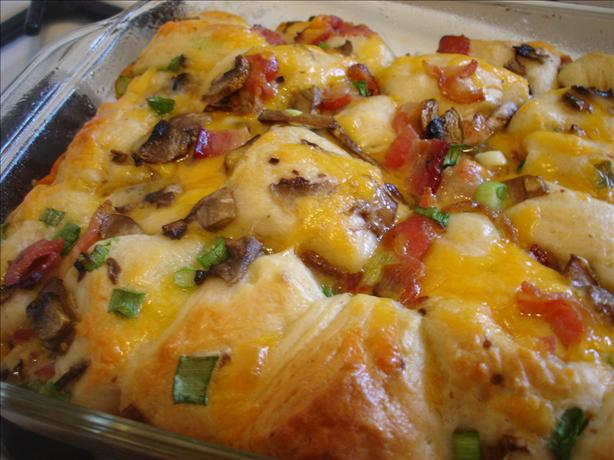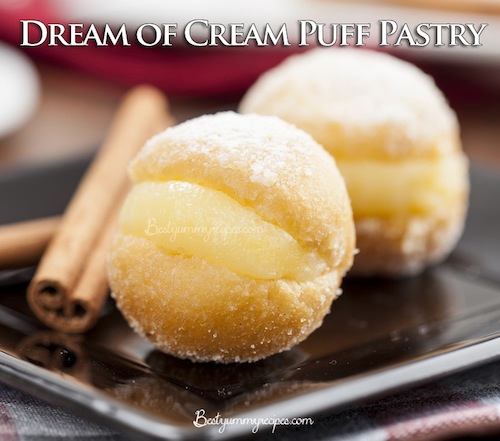Charcuterie Board

How to make a charcuterie board
I love throwing parties and get togethers during the holidays, but it can be hard to find an appetizer or snack that everyone will enjoy. That’s why I love putting together a charcuterie board, because they’re so easy to put together and all of my guests go crazy for them! Here are all of my favorite tips for making a great charcuterie board:

gather a variety of cheeses and meats.
When it comes to making a charcuterie board, the most important thing is to choose your cheeses and meats wisely. You want a variety of different types of cheese and meat so that your guests have something to enjoy. For example, you could have an aged cheddar with a brie, as well as prosciutto and chorizo sausage.
While you can buy meat at the supermarket or butcher shop, it’s good to know how to prepare it yourself so that all of your ingredients are homemade—and much more delicious! It’s easy: just cut the meat into small cubes or slices before arranging them on the board in an attractive way (think about artful plating). If you’re serving guests who don’t eat pork/beef/lamb/chicken due to religious reasons, consider using goat cheese instead!
cut the cheese into cubes or small slices and arrange on the board along with the meat.
- Cut the cheese into cubes or small slices and arrange on the board along with the meat.
- If you’re feeling fancy, use a cheese board to cut the cheese into cubes. This will give the charcuterie board an even more sophisticated look (and make it easier to eat from when you’re done arranging).
- You can also cut some of your cheese into slices, like so:
keep it simple.
There are plenty of ways to make a charcuterie board that is too large or too small. You don’t want to go overboard, and you also don’t want to underdo it.
- Keep it simple. You don’t need a million different things on your charcuterie board; just one or two types of cured meats will do the trick. The rest can be accompaniments: crackers, nuts, dried fruit, and pickled vegetables. Once you’ve chosen your main courses for the party (the cured meats), figure out what else will round out the other elements of your board—this could include olives and cheeses if you’re going all-out fancy with gourmet items (and not just Velveeta).
- Don’t overcomplicate things by adding more than three types of meat or cheese—or even just two if you’re feeling adventurous! More isn’t necessarily better when it comes to having guests over for drinks on game day; keep things simple by focusing on one main ingredient that complements all others in an elegant way (such as prosciutto or goat cheese).

set out some spoons or knives for spreading
While it’s up to you how you want to present your board, one thing is for sure: You should set out some spoons or knives for spreading. A spreader is essential for mayo and mustard. You can also use a knife for soft cheeses like brie and goat cheese, but it’s probably best not to cut off bites of soft cheese with a knife; just scoop them up with your fingers (and wash them before eating). For hard cheeses such as cheddar or parmesan, use a spoon instead of spreading because the texture will be different than what you’re used to with softer cheeses. Lastly, use a fork when serving meat on your charcuterie board—they tend not to have too much moisture which makes it easier to eat without getting messy!
make sure you have a variety of breads, crackers, and bread sticks.
A variety of breads, crackers and bread sticks are essential for a proper charcuterie board. The bread is essential to scoop up the meat and cheese. Crackers can be used for this as well but they are also good for dipping in the condiments that you have set out on your board. If you want to go all out with flavor, try making your own flavored crackers!
You can keep your board from being too heavy by using things like pita chips or tortilla chips instead of wheat crackers or baguettes (although those are still very tasty). You don’t want guests getting full before they get to all the goodies at their fingertips!
add olives, cornichons, mustard, jam, and roasted nuts to the board.
You’ll want to add a few items that will provide some crunch, color, and flavor. The first is olives. If you’re going for the classic French charcuterie board look, I recommend kalamata olives because they’re easy to find at any grocery store and they’re usually not too salty. However if you’re feeling adventurous or like how gourmet it sounds then feel free to experiment with more obscure varieties of olives.
Another good addition would be cornichons (French pickles) because they add both sourness and crunchiness to the plate which makes them a great contrast against everything else on there (except maybe for those nuts).
You could also include mustard on your board—I prefer Dijon but once again that’s my opinion so feel free to go with whatever kind you like best! Jam is another good option because it adds sweetness without being cloying or overpowering in any way; however keep in mind that some jams have intense flavors so make sure whatever one you choose complements all of the other ingredients on your board well enough before adding it into your recipe!
Finally roasted nuts are an excellent way of creating protein while also providing texture through their chewy consistency—not only will these suckers taste delicious but they’ll also look beautiful when arranged on top of everything else already sitting there looking pretty already! It may seem like a lot but don’t worry about making room; just pile ’em up until thay fit perfectly without taking away from anything else around them.”
add color and texture with cut up fruit like grapes and berries or dried fruit like apricots.
Adding fruit to your charcuterie board is a great way to add color and texture. The fruit can be cut up and arranged in a pattern, or simply placed on the board without any arrangement.
Of course, you don’t have to stick with a traditional fruit basket! Grapes, berries and dried fruits are also wonderful additions. They provide both important visual elements (color) and different flavor profiles that will complement the meats on your board.
Fruit can be added to your charcuterie boards in many ways: slices arranged in a pattern; whole pieces scattered across the board; something as simple as placing grapes around each meat offering; or even arranging several types together in one place (like slices of apples next to some grapes).
a charcuterie board is easy to put together if you use one simple trick! watch the video
A charcuterie board is easy to put together if you use one simple trick: keep it simple! The goal of a charcuterie board is to showcase the meats and cheeses, so avoid overcrowding your board with too many different items. You can certainly mix and match all your favorites, but be careful not to end up with an overcrowded mess.
Instead of adding everything but the kitchen sink, think about what flavors will complement each other well when combined on a single board. For example, if you’re serving a soft cheese like Brie or goat cheese, pair it with some nuts for added crunch; if there are meatier textures involved (like prosciutto or salami), consider using something acidic such as pickles or mustard alongside them; and if there’s no vegetable component at all (as in this case), try adding dried fruit like apricots or figs—they’ll add sweetness without overpowering anything else on the plate!
Conclusion
In the end, the best way to build your own charcuterie board is using our one simple trick and some inspiration from other boards that you love. Don’t be afraid to experiment with different combinations of foods and flavors, because you can’t go wrong as long as there’s a little bit of everything on your plate! Happy eating!
Equipment
- Board
Ingredients
- Sprigs of fresh Rosemary and Thyme
- Brie Cheese Round
- Smoked Gouda round
- Pecorino Romano
- Wedge of Blue Cheese
- Block of Cream Cheese
- Slices of good quality pepperoni
- Slices of Salami
- Summer Sausage partially sliced
- 1 pint fresh raspberries
- 1 pint fresh blueberries
- 1 bunch firm red grapes
- 1 cup marinated olives got mine in olive bar from grocery store
- 1 cup marinated artichoke hearts
- 1 cup sweet peppers also found in olive bar from grocery store
- Dried Apricots
- Dried Pineapple chunks
- 1 Pomegranate halved
- Sweet and Spicy deli style sliced pickles
- Mini dill pickles
- quartered cucumbers
- Herbed almonds
- Salted Pistachios
- Deli Style Mustard
- Honey with Honey Dipper
- Variety of crackers different shapes sizes and flavors.
Instructions
- To start, select your board size. This will give you a better idea of how much to purchase for your charcuterie board. Once you've decided on your board place your cheeses around the board with a couple cheese knives.
- Garnish edges with fresh rosemary and thyme if desired. Place some little plates and bowls around the board that you'll use as a guide to help arrange your board. I space out my plates and bowls as in photos. Once your cheeses and dishes are set on board, start arranging your meats. Fold some of the meat for variety and fan out others flat on the board. See photos above for ideas.
- Add some of your fresh berries to the bowls/plates on your board. Add marinated olives, artichoke hearts and sweet peppers next. Start filling in spaces with dried fruit and nuts. If you've still got room, add sliced pickles, dill pickles and cucumbers. Fill in more spaces with nuts. Add mustard and honey then fill in with crackers arranging around the board. My ingredients above are just suggestions, enjoy all of your favorites! Hope you enjoy.









